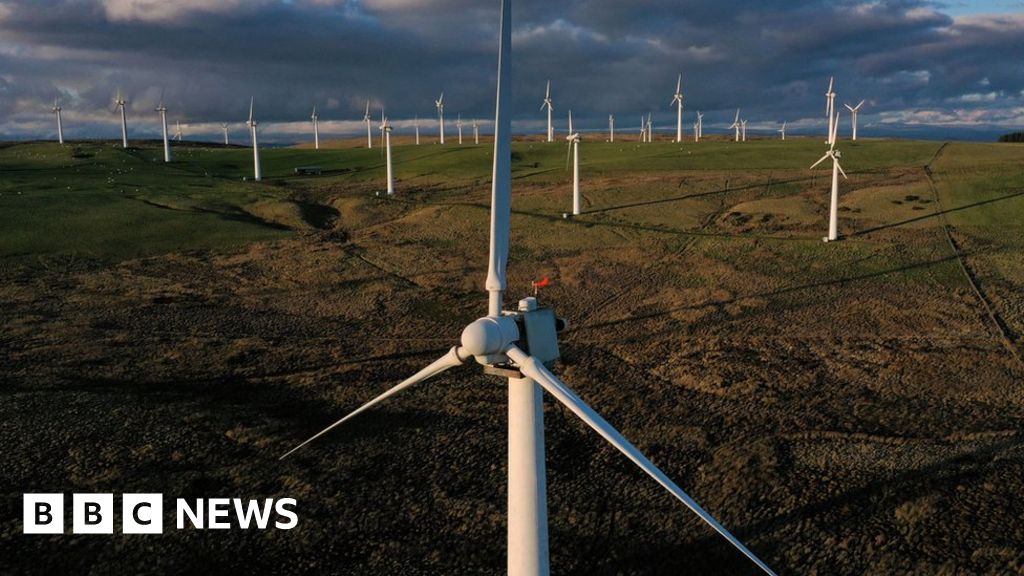Thunder Bolt
Silly old bat
Hideous? When did you last see it?The veiw from Brighton beach looking out at that wind farm is hidious.
Maybe they should look at putting them in mountain ranges, as fewer people live in those.
Windmills are great. They’ve been used for centuries.

